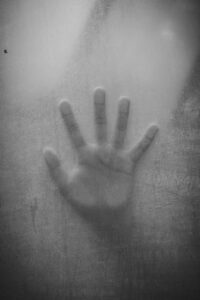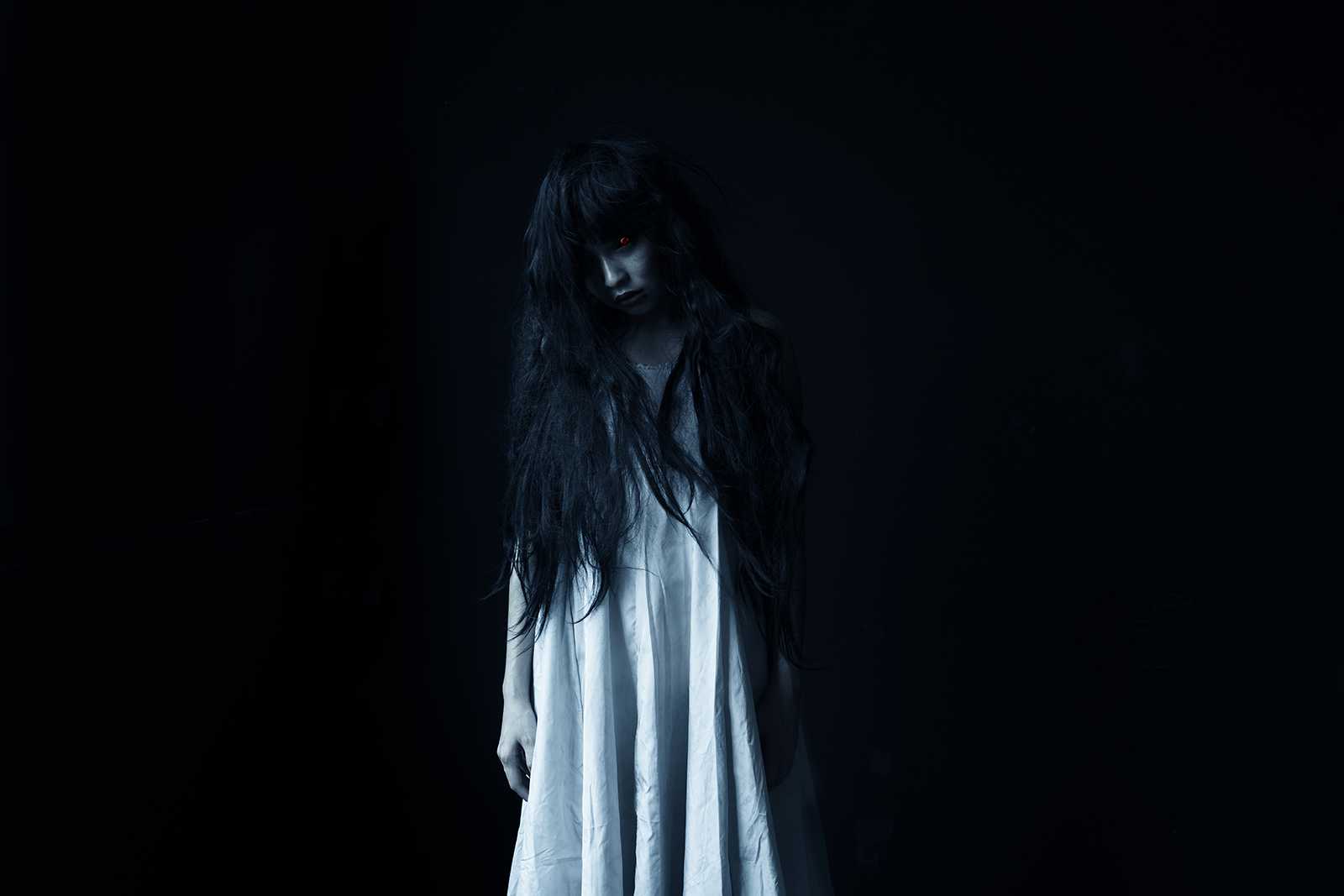When The Exorcist was released in 1973, it was a critical and commercial success. The film was praised for its terrifying portrayal of demonic possession making it a cultural phenomenon. Grossing over $440 million worldwide, it was the highest-earning R-rated film of all time at the time of its release. The film also received 10 Academy Award nominations including Best Picture and won 2 awards for Best Sound and Best Adapted Screenplay. Despite some controversy over its graphic content and themes around religion, The Exorcist remains a cult classic in the horror genre and continues to be regarded as one of the greatest and most influential horror films of all time.
But it wasn’t just the visuals and effects that made this movie so well received, it was also the now iconic creepy music that wasn’t actually written for the movie at all.
When it comes to the use of music in movies, few examples are as iconic as the score of The Exorcist and its most recognisable piece, Tubular Bells. Composed by British musician Mike Oldfield, the piece features a haunting melody played on a variety of instruments, including acoustic guitar, glockenspiel, and, of course, tubular bells. It’s a piece of music that has become synonymous with the horror genre and has been used in many movies, games and TV shows since its debut in The Exorcist. But why was it chosen for the film in the first place?

To understand why Tubular Bells was used in The Exorcist, it’s important to understand the history of the music piece itself. Mike Oldfield was only 19 years old when he composed the piece in 1972. He had just been signed to the record label Virgin Records (he was one of the new labels first signings) and was given complete creative control over the album. Tubular Bells was the main track of the album, a 49-minute instrumental piece that showcased Oldfield’s unique blend of folk, classical, and electronic music, something ground-breaking itself for the time.
The album was released in May 1973 and took a while to gain attention, initially not selling very well but gradually gaining popularity. However, it wasn’t until The Exorcist was released later that year that Tubular Bells became a hit. The piece was used throughout the film, featuring prominently in the opening and closing credits and in several scenes.
The film’s director, William Friedkin heard the album while it was still relatively unknown and was struck by the atmosphere of Tubular Bells. He knew immediately that the creepy tone of the music was perfect for his new film.
Friedkin also liked the fact that Tubular Bells was an instrumental piece. He felt that using a traditional orchestral score would be too clichéd and would detract from the impact of the film. Instead, he wanted a score that would be more experimental and unconventional, something that would reflect the strange and otherworldly nature of the movie. This alone sets the film apart from the traditional approach of other directors at the time.
Instead of creating a score that was tailored to specific scenes or characters, Friedkin chose to use a single piece of music throughout the film. This allowed the music to become a character in its own right, adding to the overall creepy sense of dread and unease throughout the movie.
One of the most effective uses of Tubular Bells in The Exorcist is in the opening credits. The piece starts with a gentle acoustic guitar melody, gradually building in intensity as more instruments are added to the mix. The melody is repeated several times throughout the film, each time with different instruments and textures added to create a sense of variation and development.
The use of tubular bells in the piece is also significant. The sound of the bells is often associated with churches and religious ceremonies, which ties into the religious themes of The Exorcist. The use of the bells in Tubular Bells creates a sense of ritual and ceremony, adding to the overall sense of unease and foreboding that permeates the film. The use of Tubular Bells in The Exorcist has had a lasting impact on the horror genre as a whole. The royalty free creepy music in this piece has become synonymous with the horror genre and has been used in countless films and TV shows since its release in 1973.

